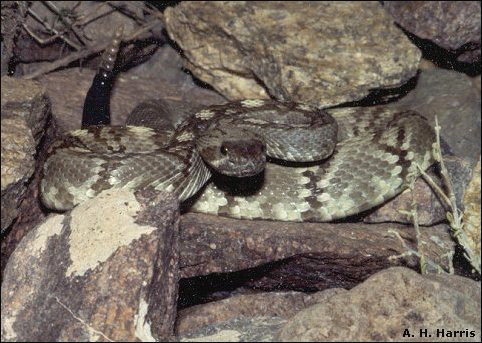

Mathematics may make some people recoil, but math comes in handy when it comes to snakes! Suppose you were hiking and saw a snake with bands of red, yellow and black: If the red and yellow were next to each other, it might be a venomous coral snake, but if black were between red and yellow, it could be a harmless milk snake. Identifying patterns has been described as the heart of mathematics.
Lines are also important in math—and it's the safest shape to find a snake in: A snake lying flat on the ground in a line facing you cannot strike you. But if a snake IS in striking position, what's a safe distance to stand? A snake can strike half its length, So fractions and measurement estimation are very important! And if an area might have rattlesnakes as long as 6 feet, you'd want to stay at least 3 feet from any part of the trail that could hide a snake. And just think of the mathematics behind how a snake is able to move! So understanding math helps us understand snakes, and not just the adders!
Listen to the Audio.

Contributor: Lawrence M. Lesser, Mathematical Sciences, University of Texas at El Paso.
Desert Diary is a production of KTEP, National Public Radio for the Southwest at the University of Texas at El Paso.

Black-tailed Rattlesnake (Crotalus molossus) coiled in striking position. Photograph by A.H. Harris.